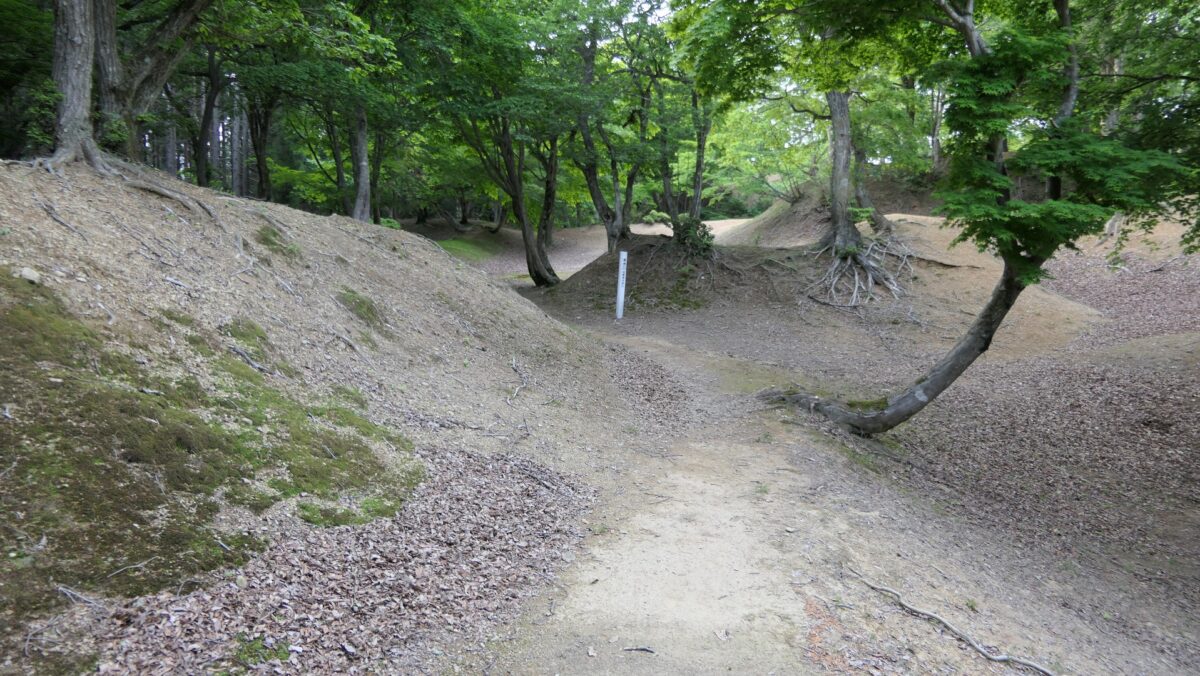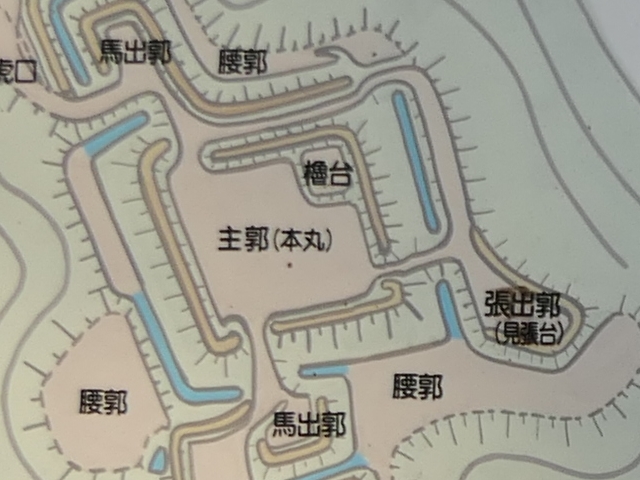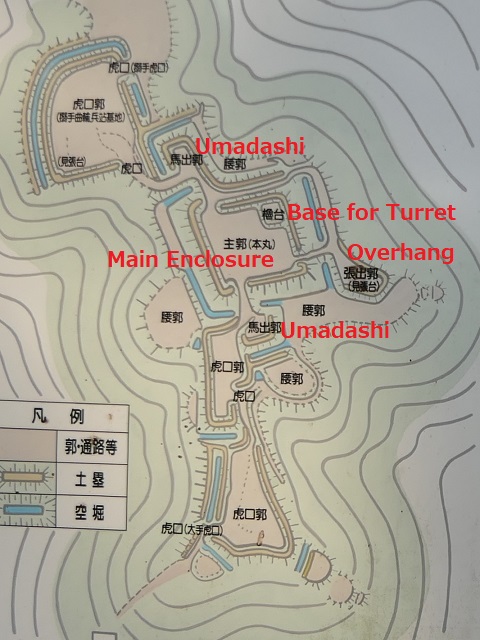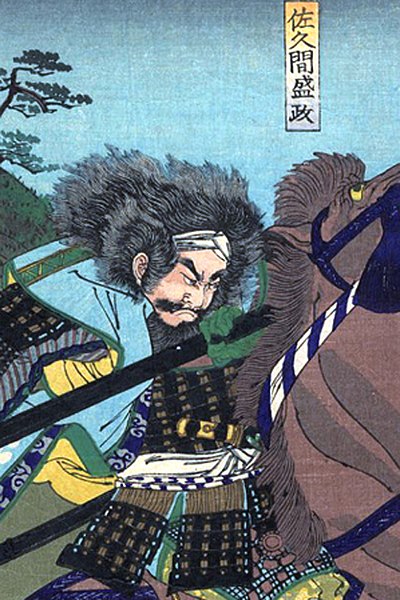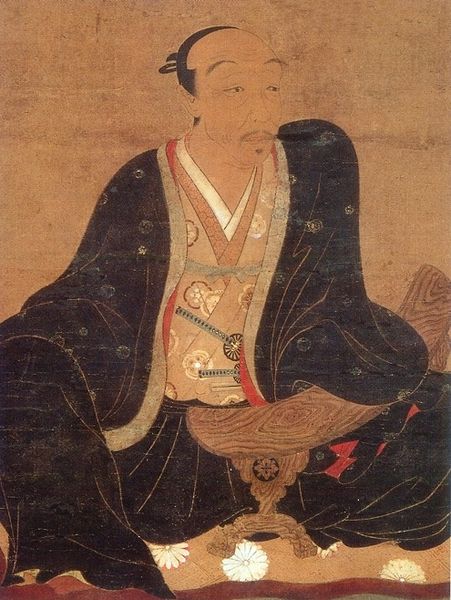Features
Going to Castle Ruins through Trail
Today, the ruins of Genbao Castle have been well developed as a National Historic Site, even if they were at the top of a mountain. There are no castle buildings and only the foundations made of soil remained. However, it is good enough for us to understand what the castle was like because it was a specific battle castle. To reach the castle ruins, you need to walk for about 30 minutes from the parking lot. You will pass the old mountain pass called Tone-toge and climb the mountain where the castle was built.
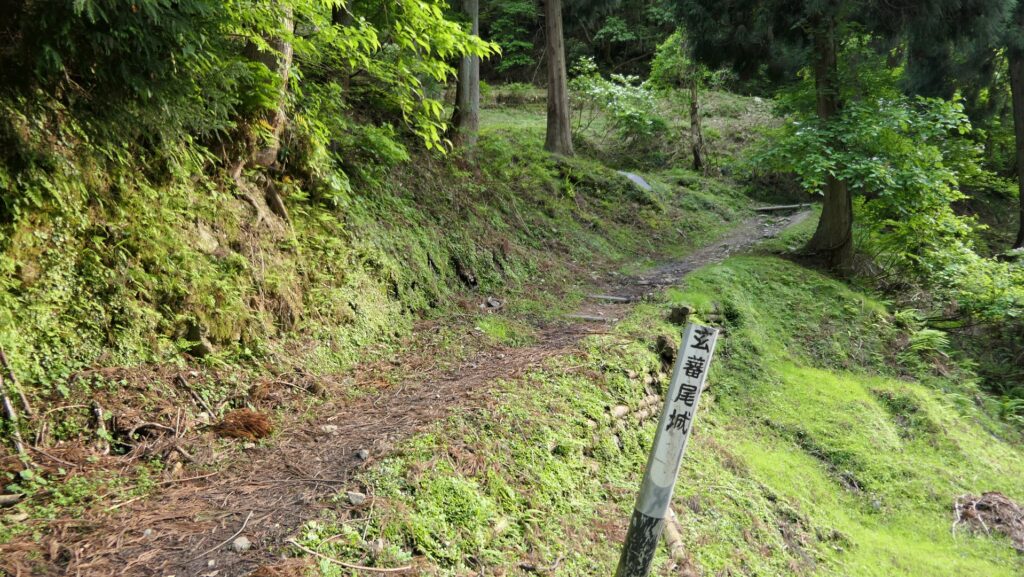
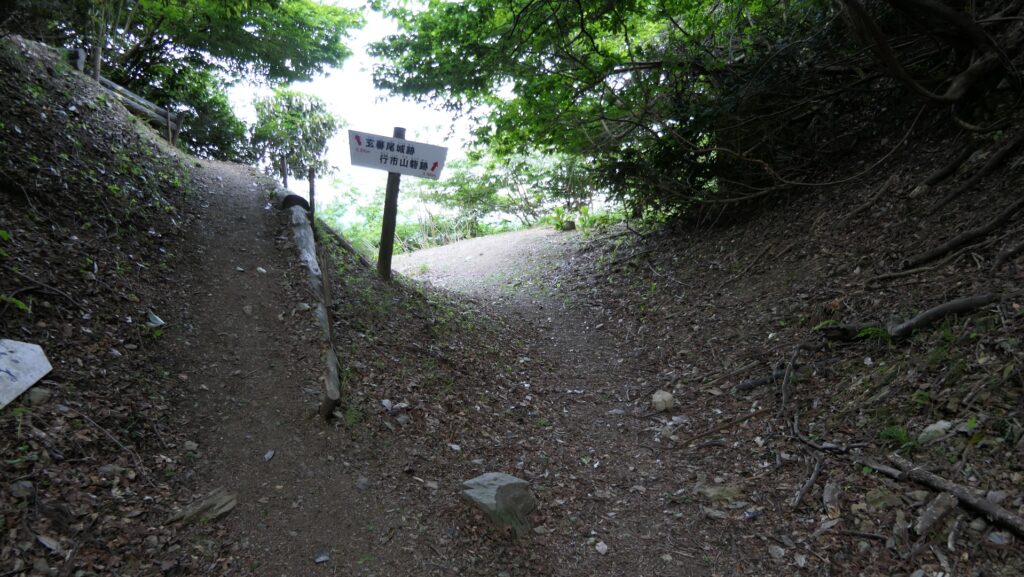
The mountain looks natural being covered by woods and bushes around the trail, so you may be wondering if the castle ruins were built in such a place. However, you will eventually reach where the castle ruins are more visible. This is because officials or volunteers would often cut down trees and bushes in order for people to see the ruins clearly.
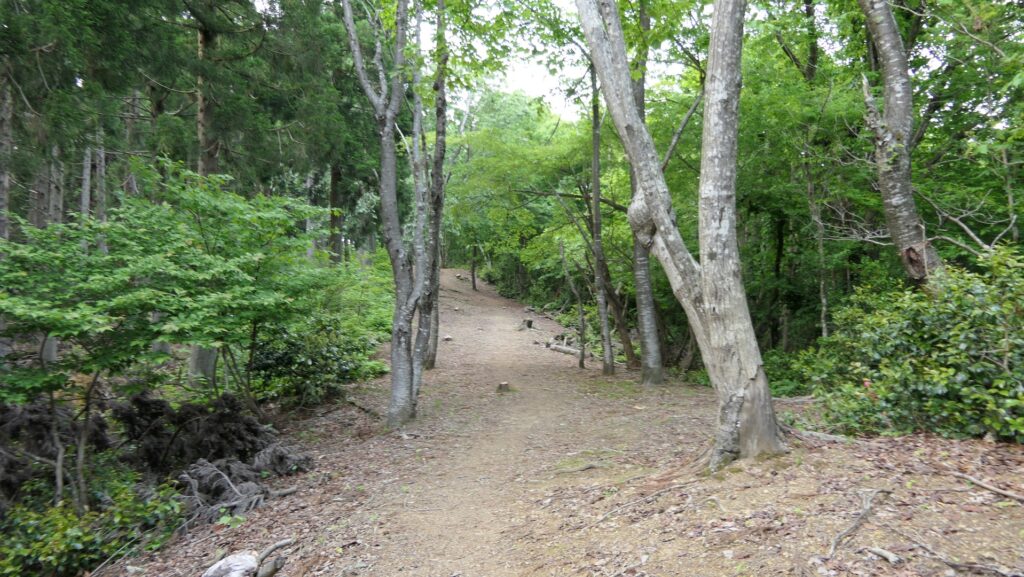
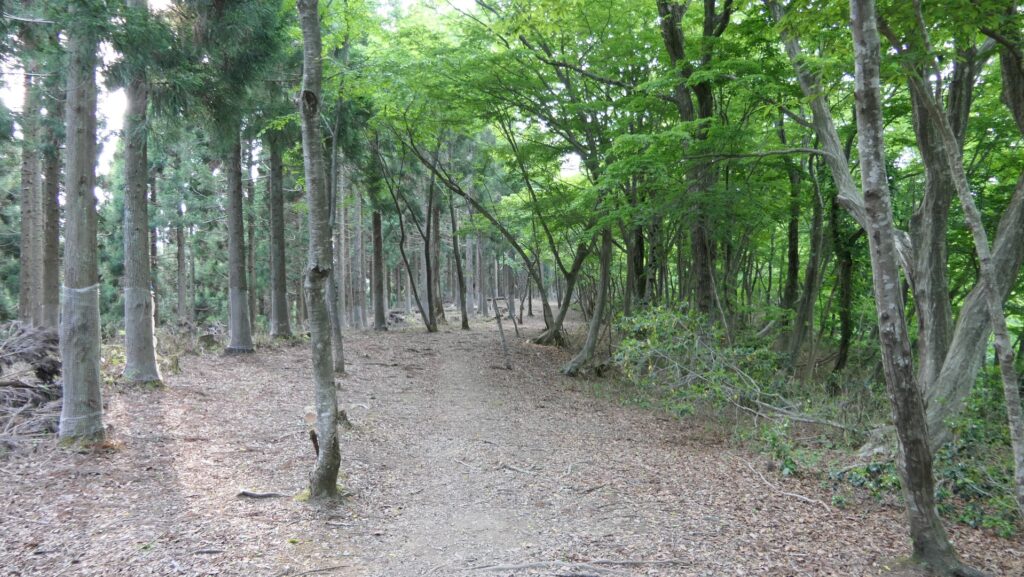
Complex route to Center of Castle
The trail to the castle ruins is from the south, which was the front side of the castle. You can still see the side was strongly protected. The enclosure you first meet is called the Enclosure I which is surrounded by earthen walls. The entrance of the enclosure is not open to the front in the south, but the left side in the west. That means you need to walk around the walls and turn right.
The map around the castle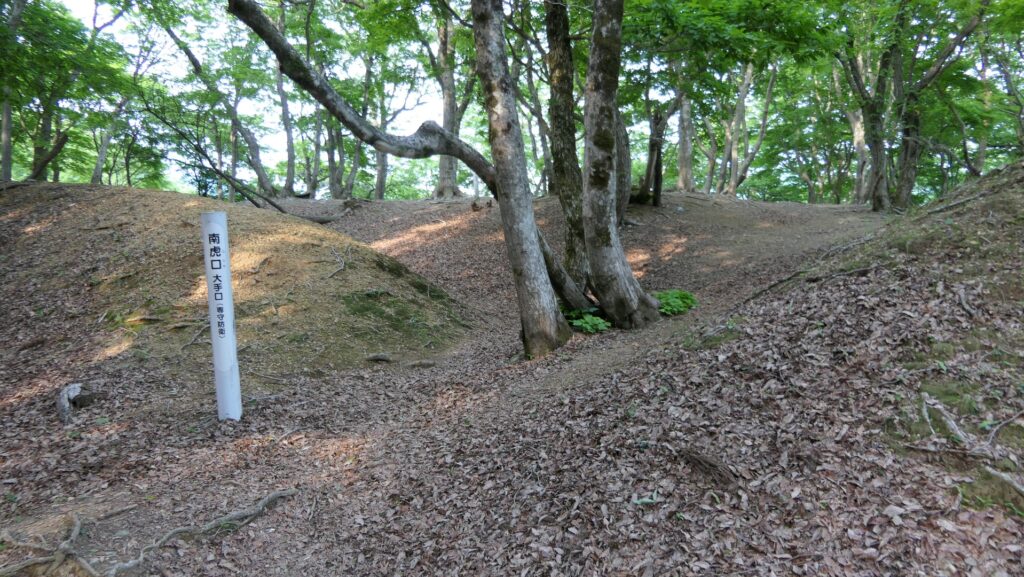
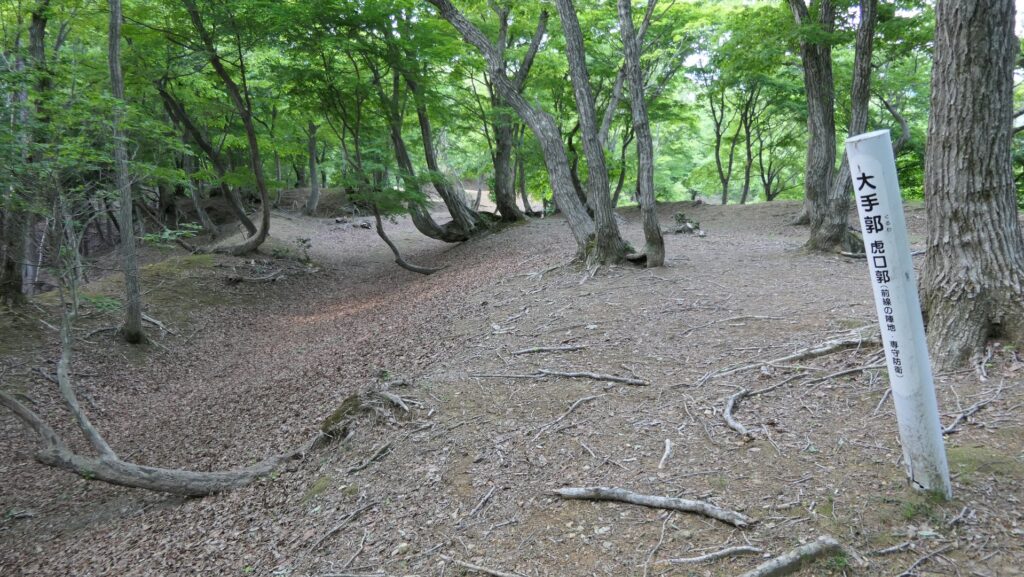
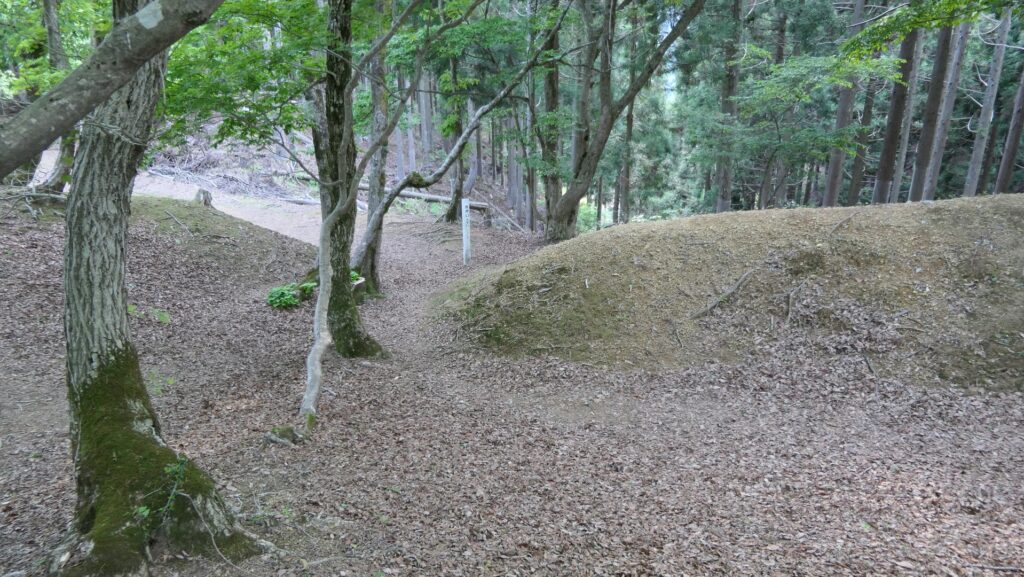
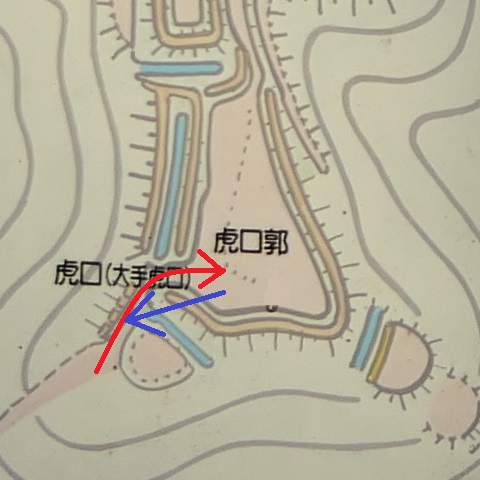
To get to the next one called the Koguchi Enclosure, you will have to walk on the narrow earthen bridge beside a ditch, and after that turn left.
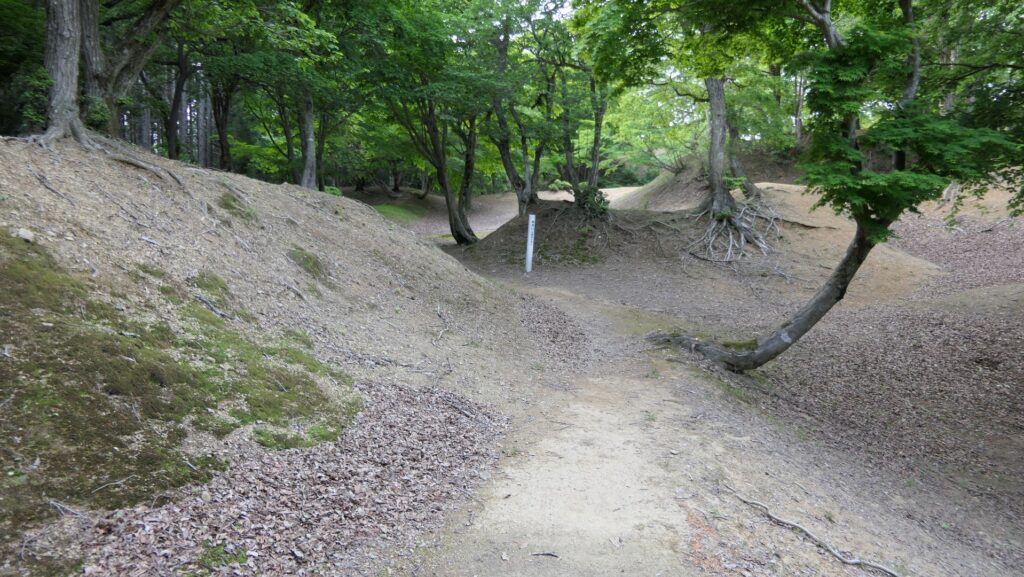
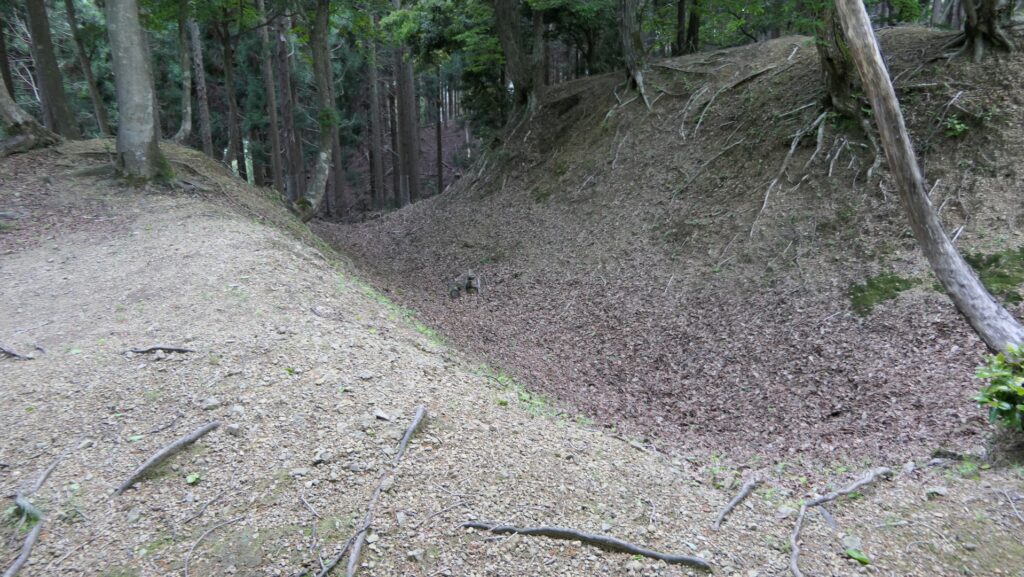
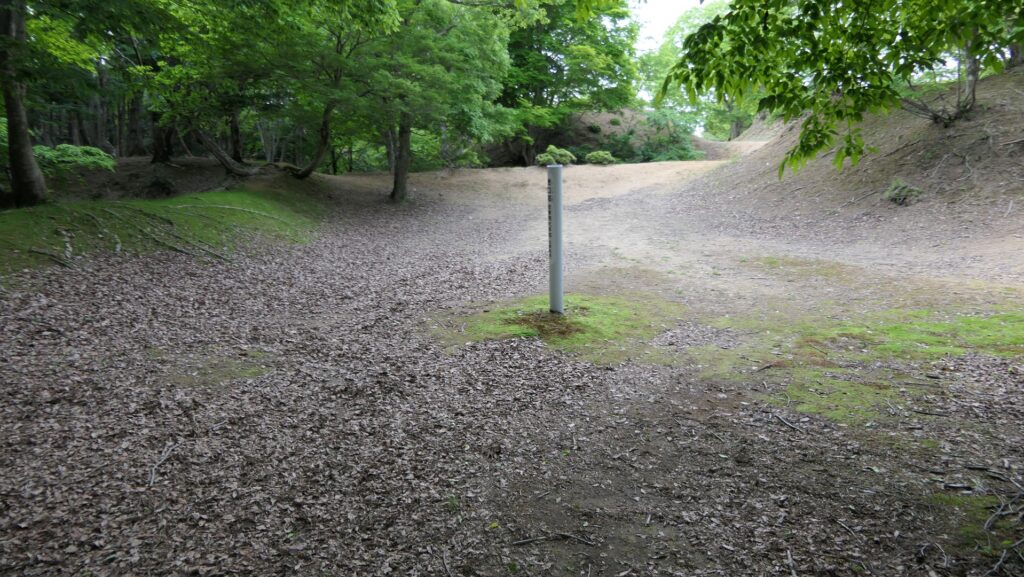
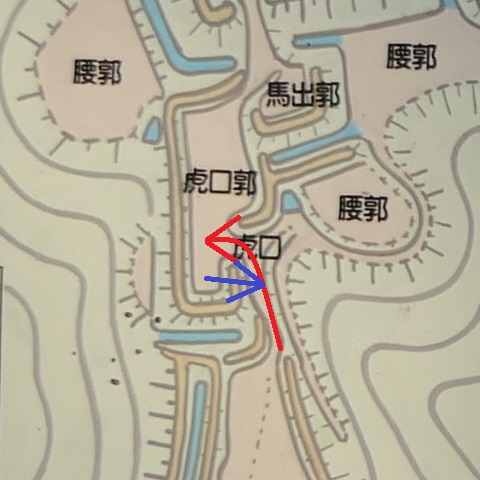
The Main Enclosure is the next area, but one of its Umadashi Enclosures is in front of it to prevent anyone from entering directly. You need to turn right again from the Koguchi, go around the Umadashi, and cut through the front entrance of the Main Enclosure. If you were an enemy, your attack route could be limited and would be attacked from the side while turning several times.
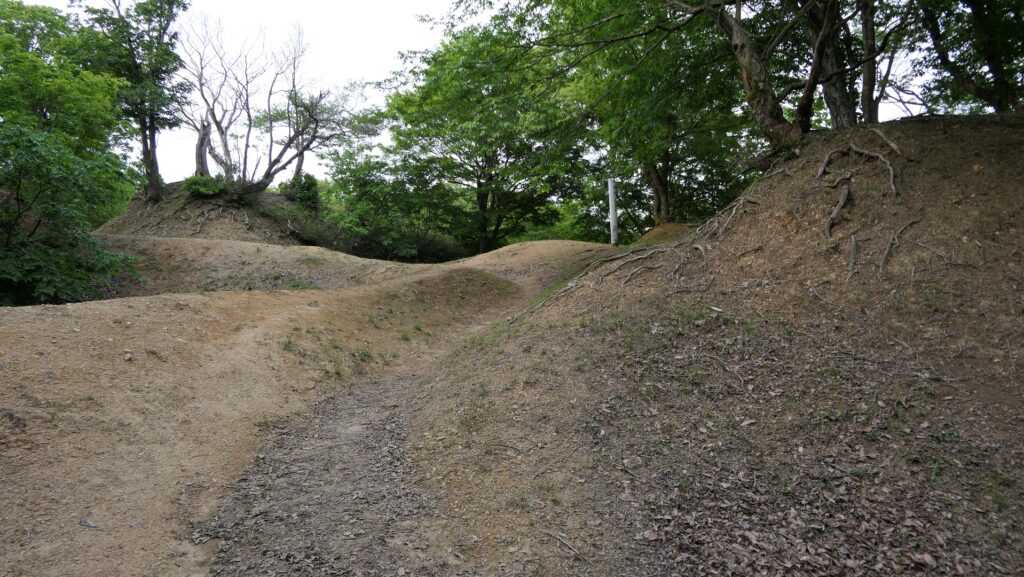
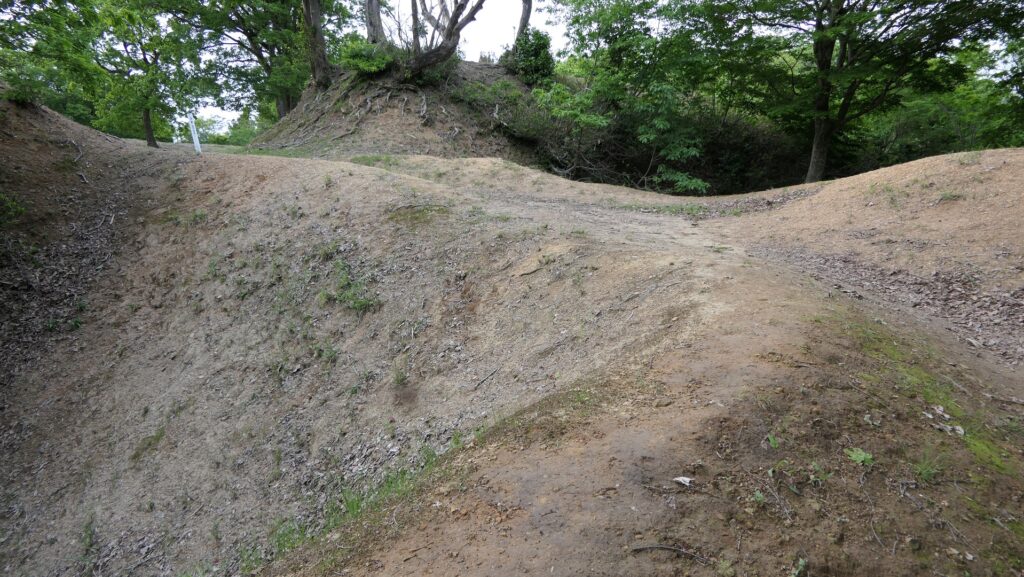
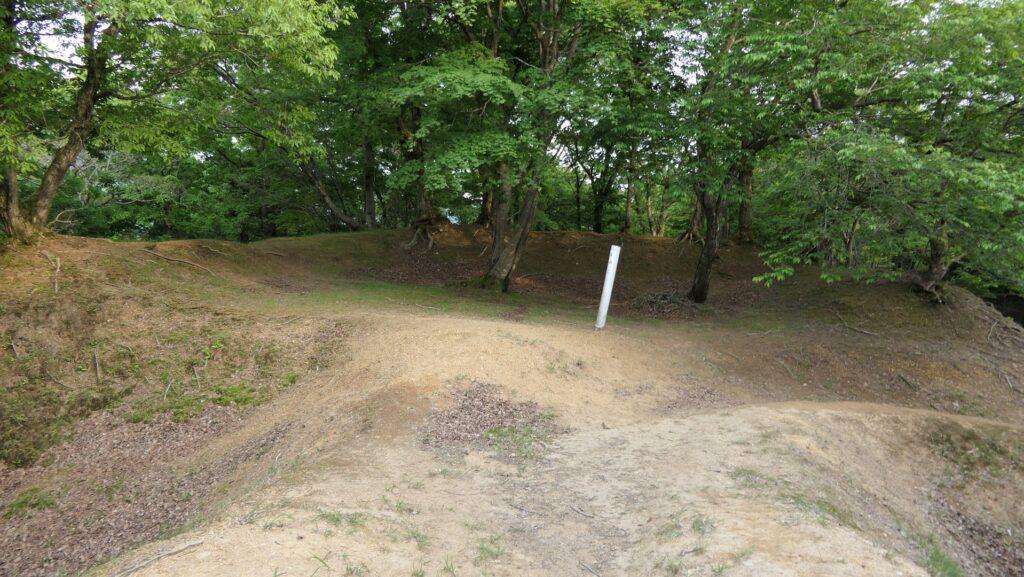
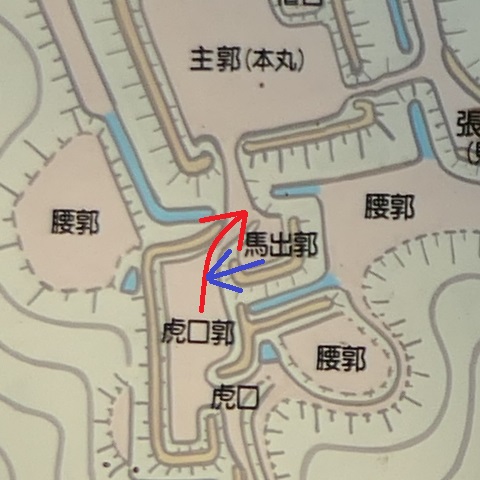
Main Enclosure controls all directions
The inside of the Main Enclosure is a square, which is also surrounded by earthen walls. There is the earthen mound at the northeastern corner where the Main Tower or a large turret was built.
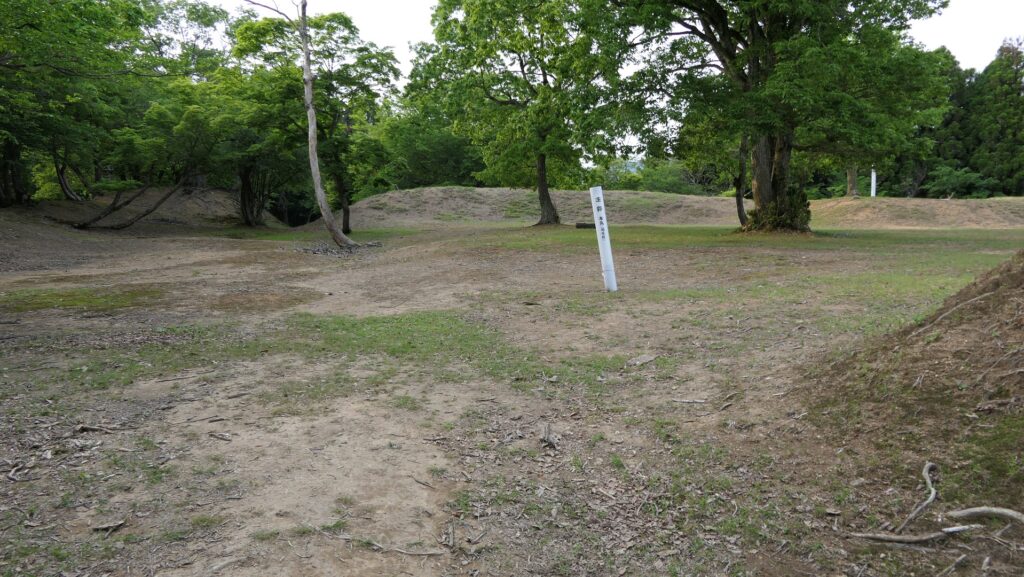
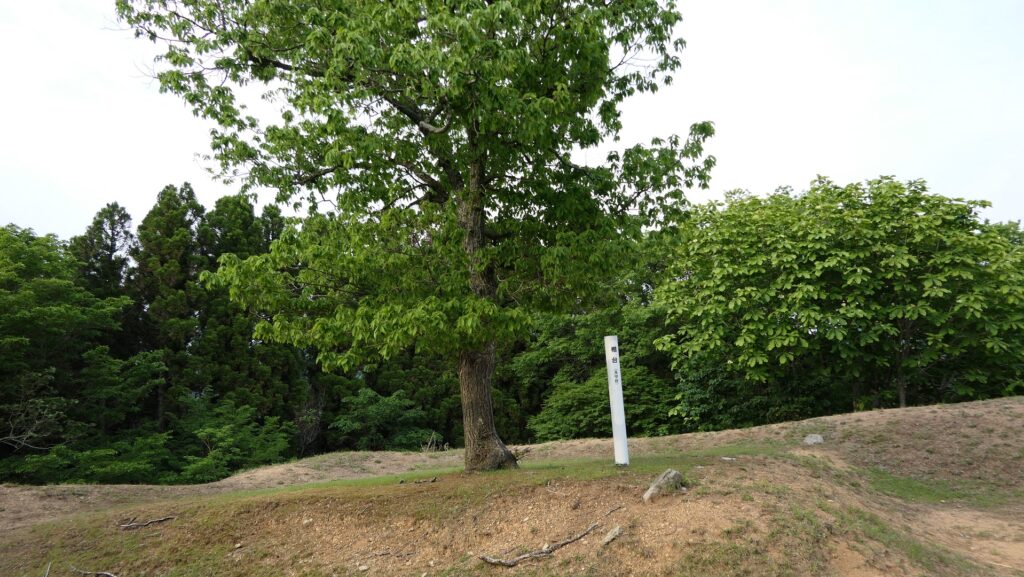
It has the other Umadashi Enclosure in front of the back entrance in the north. It also has a small entrance in the east with the Overhang Enclosure in front of it. The east of the Main Enclosure is a slope of the mountain. Historians say this structure proves the builders thought enemies could also attack from this direction as well. The west of it is a very deep valley which was difficult for enemies to attack from. However, a ditch was elaborately built in front of the earthen walls on this side.
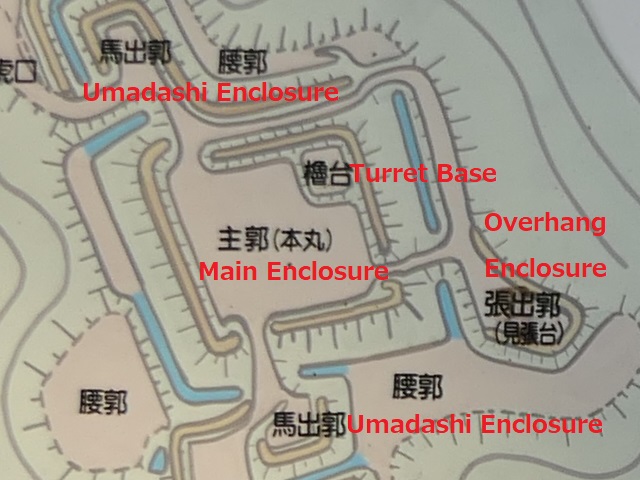
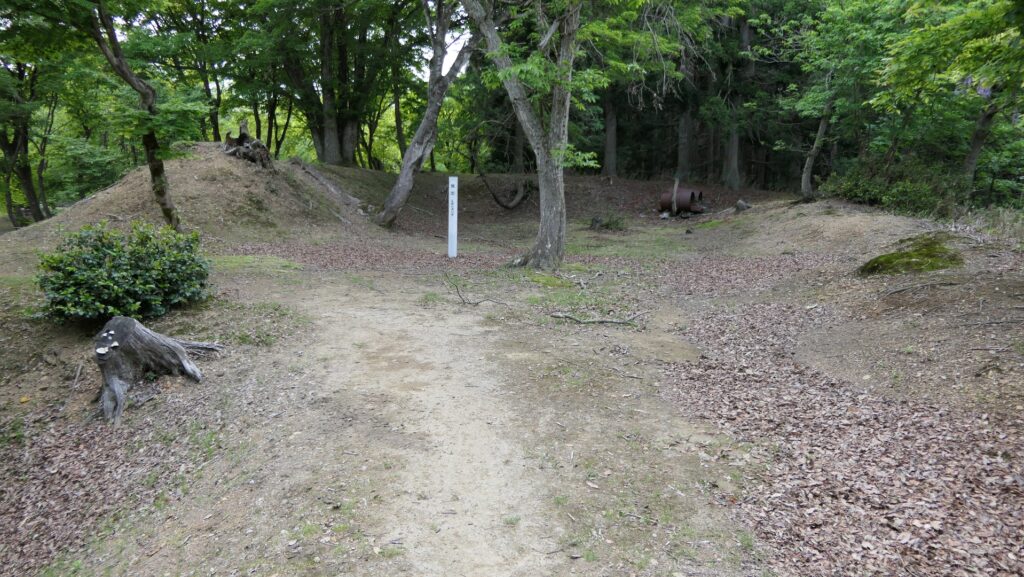
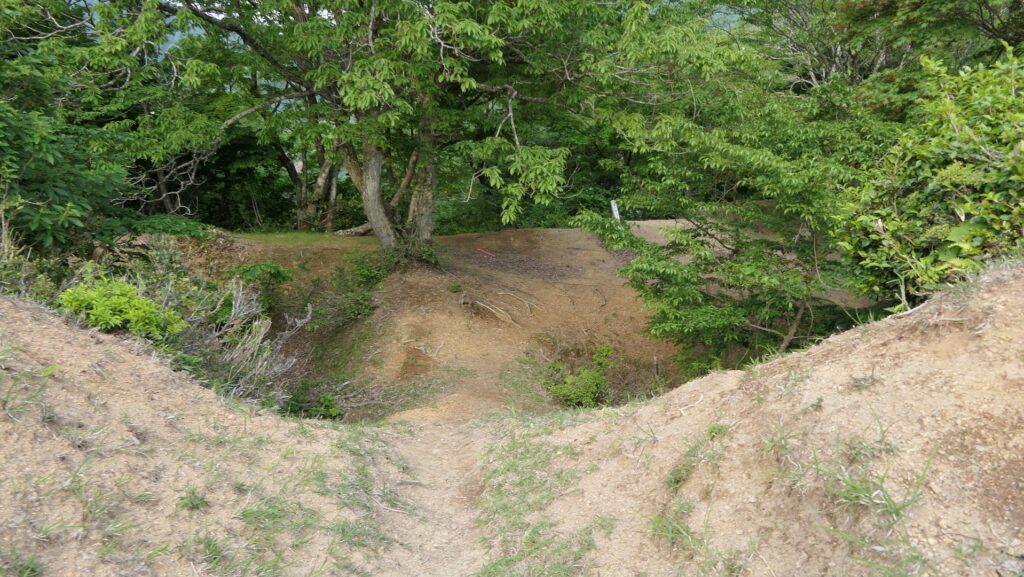
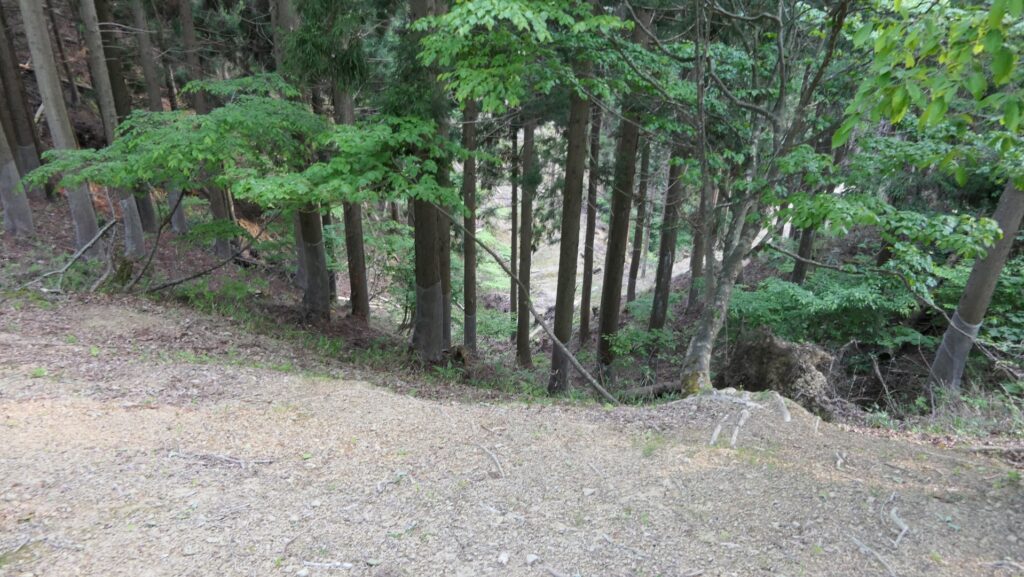
To be continued in “Genbao Castle Part3”
Back to “Genbao Castle Part1”

